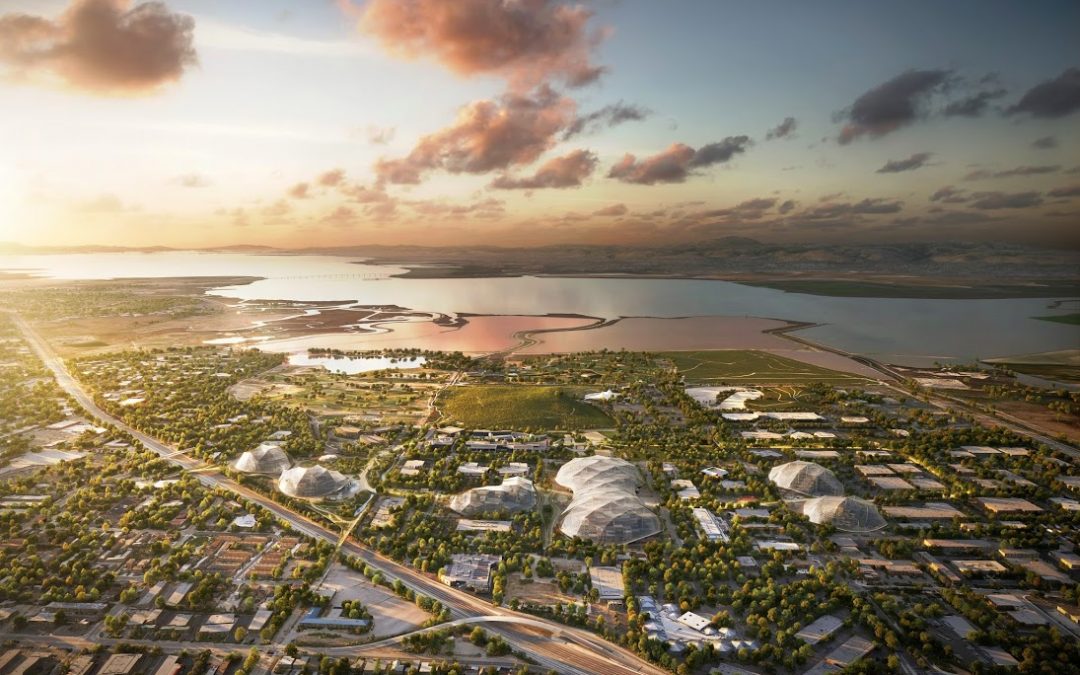
by Kamal Obeid | May 15, 2016 | Landtech Blog, The Way of the Land
Can the San Francisco Bay Area handle the growth? The Bay Area region is one of the most in-demand places in the country to live, especially for professionals in the technology industry. After all, it’s the place where tech companies come to grow, and subsequently, the region attracts great talent. However, the increased demand has contributed to a housing shortage, making it unaffordable for many, and it’s caused other problems such as traffic congestion and long commute times. Also, environmental conditions are much harder to predict with a warming climate. From a civil engineering perspective, the growth can last if development is well-planned and sustainable.
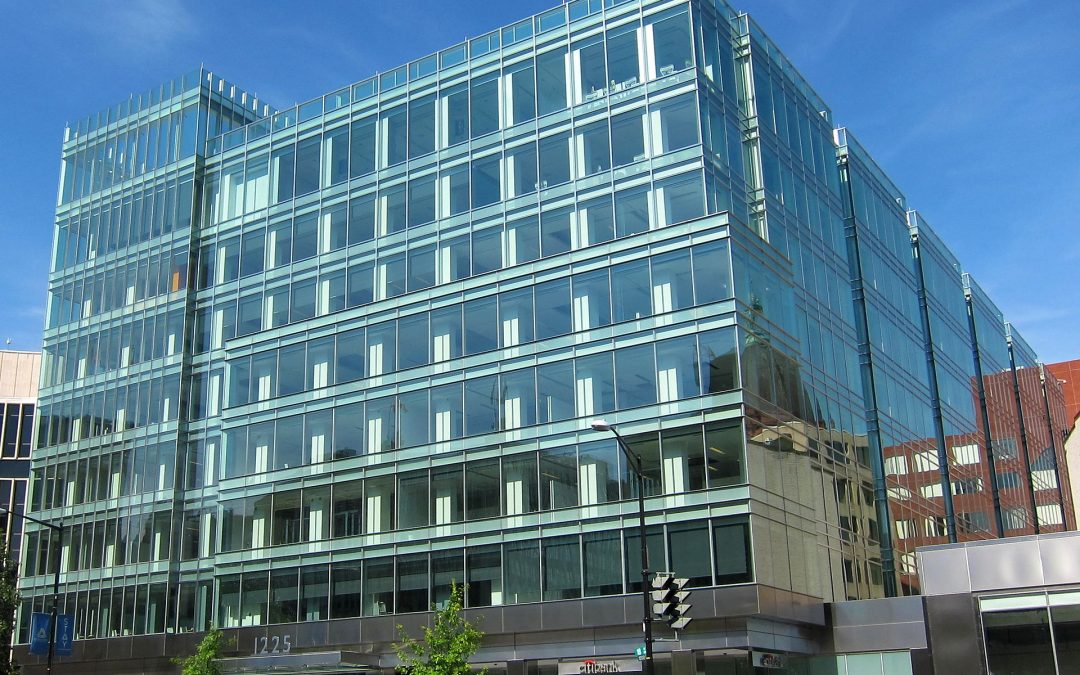
by Kamal Obeid | May 4, 2016 | Landtech Blog, The Way of the Land
Peter Akinosho, a civil engineering student at the University of Georgia, spoke about why he chose the profession: “[Civil engineers] do what we do so people don’t have to worry about their basic needs.” Paramount among these needs is health. We are building structures for tomorrow’s generations, who are more conscious about the benefits of maintaining an active lifestyle, even at work. Especially in the realm of Bay Area green building, tech giants are building headquarters with green roofs equipped for walking meetings, and offer daylighting, yoga, and healthy food. To remain competitive for clients, we developers, architects, and engineers must work together to design and build developments that are not only sustainable but also promote the health of the people who use them.
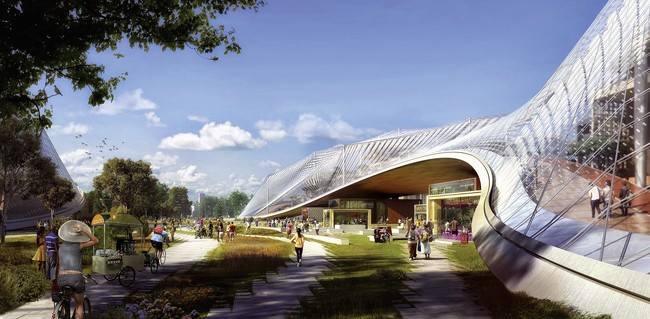
by Kamal Obeid | Jan 21, 2016 | Landtech Blog, The Way of the Land
The technology sector and Silicon Valley construction have always had a symbiotic relationship. The agreement between companies such as Google and Bay Area development has usually been good, for the most part.
Since the time of Steve Jobs in his garage working to develop the Apple computer, to the hardware revolution that gave the Valley its name, technology has attracted the best, and the brightest to this part of California, and construction usually followed.
The symbiosis between innovation and commercialization have set the West apart to enjoy the rapid increases in private nonresidential construction. This growth is in stark difference to the energy production renaissance of the past, which has slowed. Tech investment, on the other hand, is still growing as consumers buy new products and the U.S. economy has improved since 2008. According to Anirban Basu, the chief economist for the Associated Builders and Contractors, nonresidential construction rose 12.4 percent between September 2014 and September 2015. He predicts a 7.4 percent expansion in nonresidential construction this year.
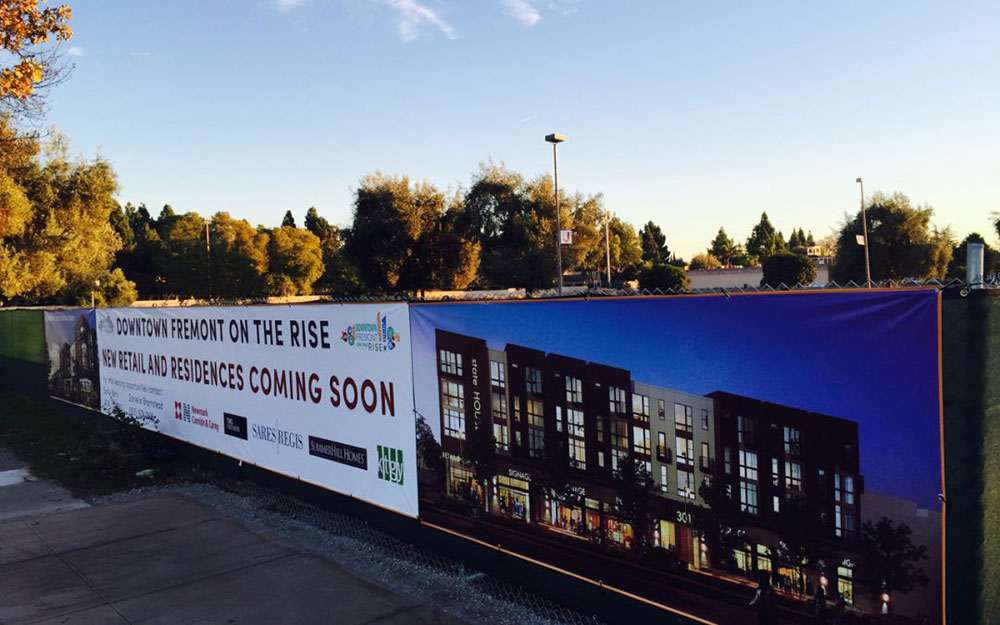
by Kamal Obeid | Dec 2, 2015 | Landtech Blog, The Way of the Land
In 1956, five townships came together to form Fremont, California. Sixty years later, the City is becoming more of an urban place than a suburb, especially with an additional new transit station and associated development. However, the City has lacked a central place, or downtown, to bring everyone together. In fact, the center of the City is walking distance from an existing local BART (Bay Area Rapid Transit) station, but the land has historically been underutilized, filled with large surface parking lots and underused retail shopping centers. However, after years of planning, the possibility of a Downtown Fremont CA is emerging.
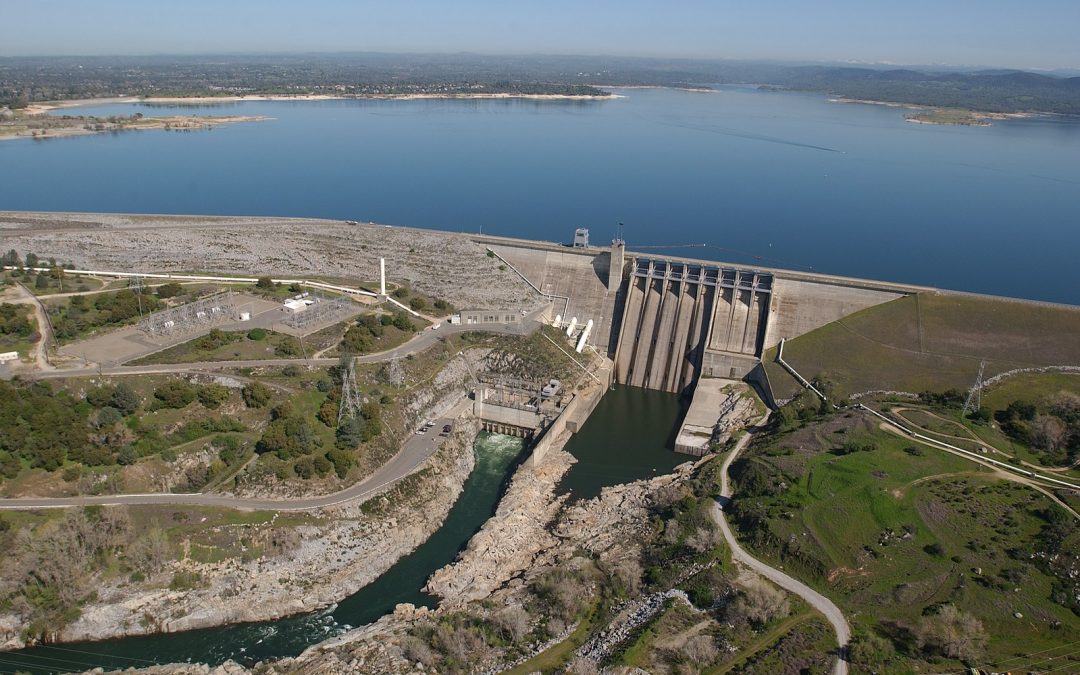
by Kamal Obeid | Oct 9, 2015 | Landtech Blog, The Way of the Land
Water storage on a municipal scale in the West used to involve building dams and reservoirs such as the Folsom Dam, which would gush with water from the melting snow of the Sierra Nevada mountains. Now the snowpack is at its lowest measured record, and the water levels of the reservoir may run so low this year that pumps will have to be installed to push water through the dam. Unfortunately, these warming conditions are likely to continue. In response to the “new normal” of drought conditions, the community of civil engineers and local jurisdictions must take a sustainable approach and rethink infrastructure to deal with potential severe water shortages. With the drought looming overhead (and below), here are four examples of water projects throughout the Bay Area and California involving desalination, groundwater recharge, stormwater capture, and recycled water.
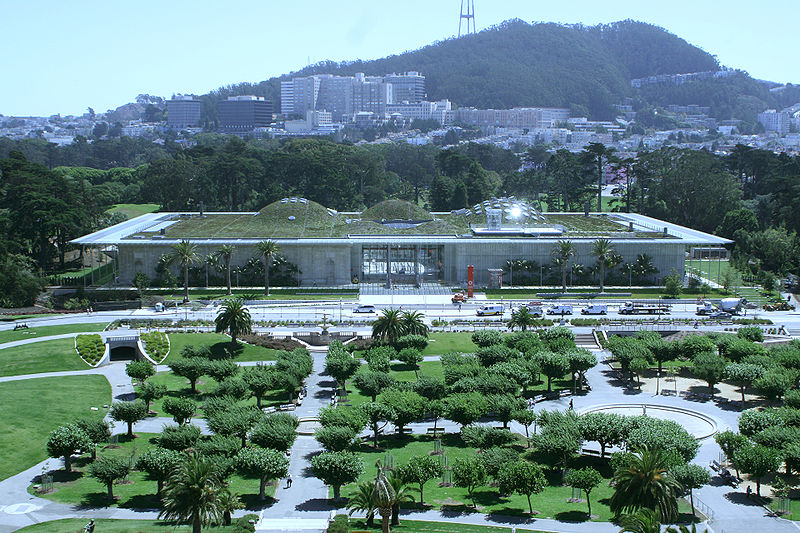
by Kamal Obeid | Sep 10, 2015 | Landtech Blog, The Way of the Land
When you think of sustainable development in the California Bay Area, you may think of CEQA, solar panels, and environmentally-friendly hipsters, but green roofs will probably not come to mind. Though San Francisco has some green infrastructure projects, the Bay Area region lags behind areas such as Washington, D.C., which led the country in 2012 with 1.2 million square feet of new green roofs. There are grand exceptions like Facebook’s newest campus in the Bay Area that contains a gigantic roof garden complete with trees, walkways, and sitting areas, or the living roof of the California Academy of Sciences. But is it worth investing in a green roof when building in the Bay Area?






